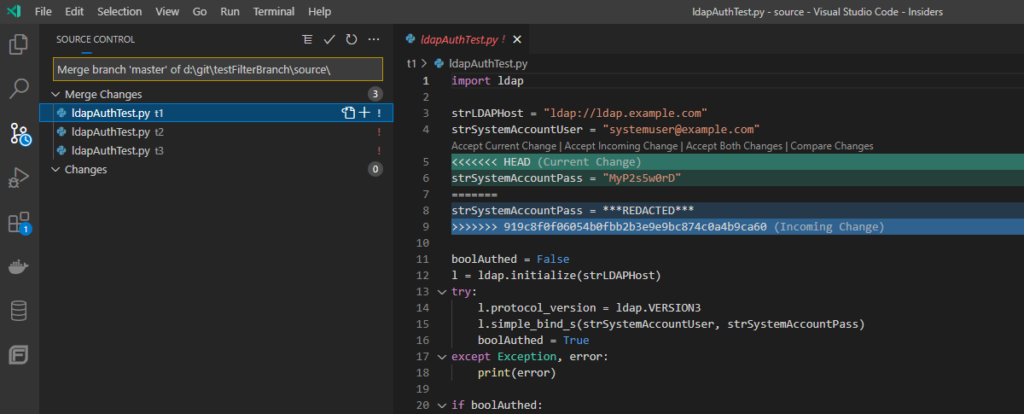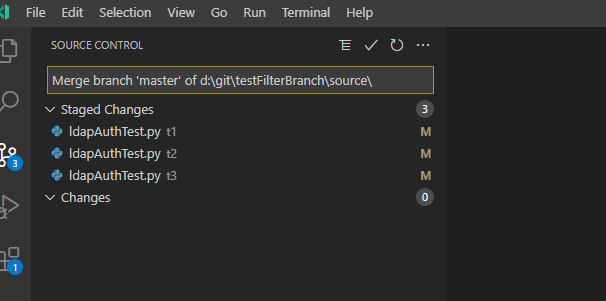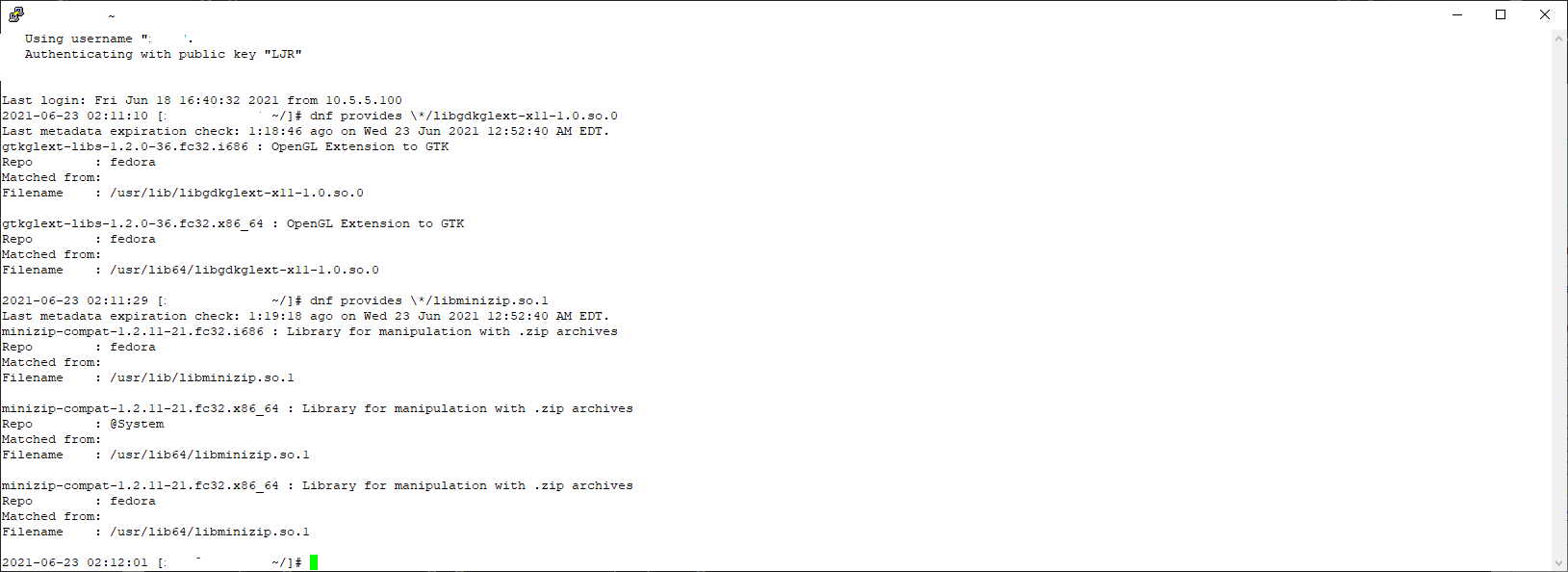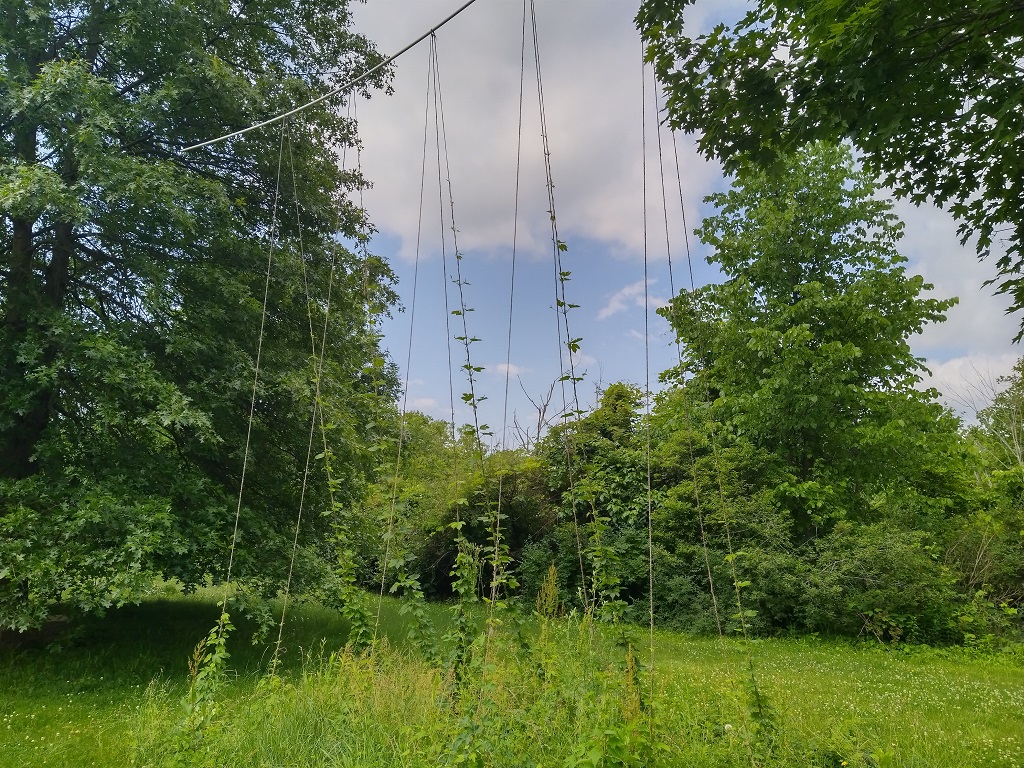I’ve had an ongoing problem with the curbside grocery pickup — it’s a great time saver (and basically eliminates off-list purchasing / impulse shopping), and I get the limitations of asking someone else to think for you (I add a note that indicates the exact number of large/small *bunches* of bananas I actually want whilst ordering unit “1” banana, and I know they are not just going to figure it out and get jicama when they’re out of celery root). My problem is that the quality of the food that ends up in my order is absolutely not something I’d have bought. I won’t buy mushy, rotten oranges. Or visibly moldy strawberries. Or meat with huge chunks of fat. I’ve taken to putting in a big order of shelf-stable staples for pickup a few times a year and selecting the perishables myself. And accepting the time / quality trade-off when I ask them to select my produce for me.
Thought that was a problem unique to the grocery store, but we picked up chicken chow from Tractor Supply today. Last time, the 6 pound bag that was brought out instead of a 40 pound bag was really obvious. And quickly corrected. This time? We bought two bags of food — the first one was fine. Upon lifting the first bag out of the car, though, I discovered the second bag. A bag which looks like it was dragged across the warehouse floor and then taped up to retain whatever was left in the bag. This certainly isn’t a bag someone would have put into their cart at full price. I’ve seen other companies slap a discount sticker on a mostly full taped up bag. Unloading the ripped bag of something close to 40 pounds of chicken food, at full price, on a curbside pickup? Kinda sucky!
Luckily, Tractor Supply has excellent customer service policies. I used the ‘contact us’ form to tell them about the problem — and, yeah, I could have just brought it back to the store. But … had I been in the car park when I noticed the bag, I certainly would have asked for the bag to be swapped out. A couple extra minutes was worth it to avoid whatever contaminants got into the bag and whatever amount of food fell out of the bag. Half an hour of driving? Not worth it for what’s probably some warehouse dirt and maybe a pound of missing food. Within a few hours, a customer service rep rang be to apologize for the mangled bag. He refunded the purchase price and issued a gift card for our inconvenience. That’s more than fair.









